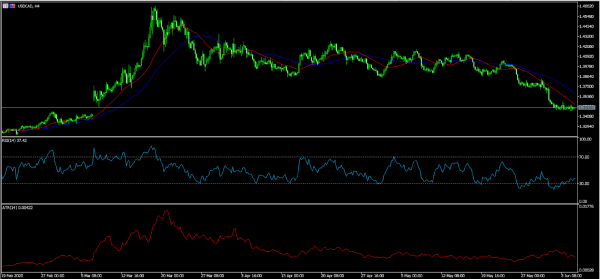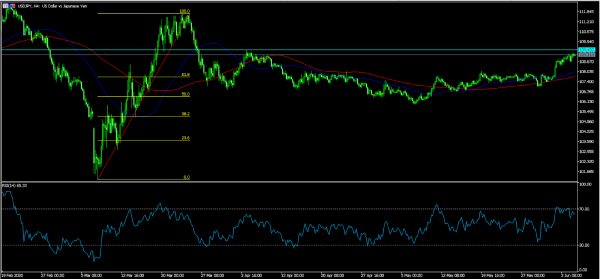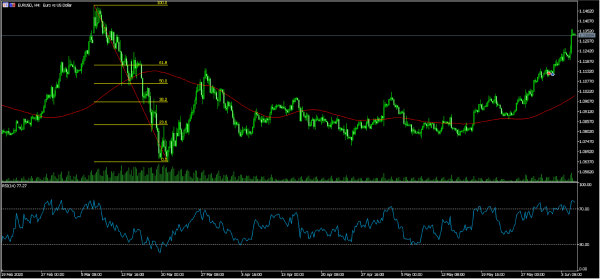The Japanese yen was little changed in overnight trading as the market reacted to the April household spending data. The numbers showed that spending declined by 6.2% from a month before and by 11.1% on a year on year basis. That was worse than the 4.0% and 6.0% that was reported in March. The April numbers were weak because the government had imposed a state of emergency that limited what people can and cannot do. The Japanese yen, which is often seen as a safe-haven currency, has been on a downward trend this week because risks are easing.
The US dollar index was little changed in overnight trading as the market waited for the official jobs data. Analysts expect the data to show that the economy lost more than 8 million jobs in May after shedding another 20 million in the previous month. They also expect the unemployment rate to move to almost 20% and the manufacturing payrolls to decline by 440k. These numbers will come two days after data from ADP showed that private payrolls declined by more than 2.7 million and a day after the jobless claims rose by more than 1.8 million.
The Canadian dollar was little changed as the market waited for the official Canadian jobs data. Analysts expect unemployment rare to jump by 15% and the economy to shed more than 500,000 jobs. In the previous month, more than 1.9 million people lost their jobs. These numbers will come a day after the Bank of Canada released its interest rate decision. In his last meeting, Stephen Poloz left interest rates unchanged and signalled that the worst could be over. The Loonie will also react to the latest developments on crude oil as OPEC+ members hold their meetings.
EUR/USD
The EUR/USD pair rose sharply after the ECB interest rate decision and is now trading at 1.1360, which is the highest it has been since March 12. On the four-hour chart, the price is above the 50-day and 100-day EMA. Also, it is significantly above the 61.8% Fibonacci retracement level while the RSI has moved above the overbought level. Therefore, the pair may continue soaring although the NFP data could change the direction.
USD/CAD
The USD/CAD pair dropped to an intraday low of 1.3500, which is the lowest it has been since the first week of March. The price is below the 50-day and 100-day EMA while the RSI has moved from the oversold level of 20 to the current 37. The Average True Range (ATR) has moved slightly lower, which is a sign of low volatility. The pair may continue falling ahead of the NFP and Canadian jobs data.
USD/JPY
The USD/JPY is trading at 109.10, which is its highest point since April. On the four-hour chart, the price is above the 61.8% Fibonacci retracement level and is also above the 50-day and 100-day EMA. It is also slightly below the important resistance of 109.43. The RSI has remained slightly below the overbought level of 70. Therefore, the pair will likely continue moving higher as bulls attempt to test the resistance at 109.43.














